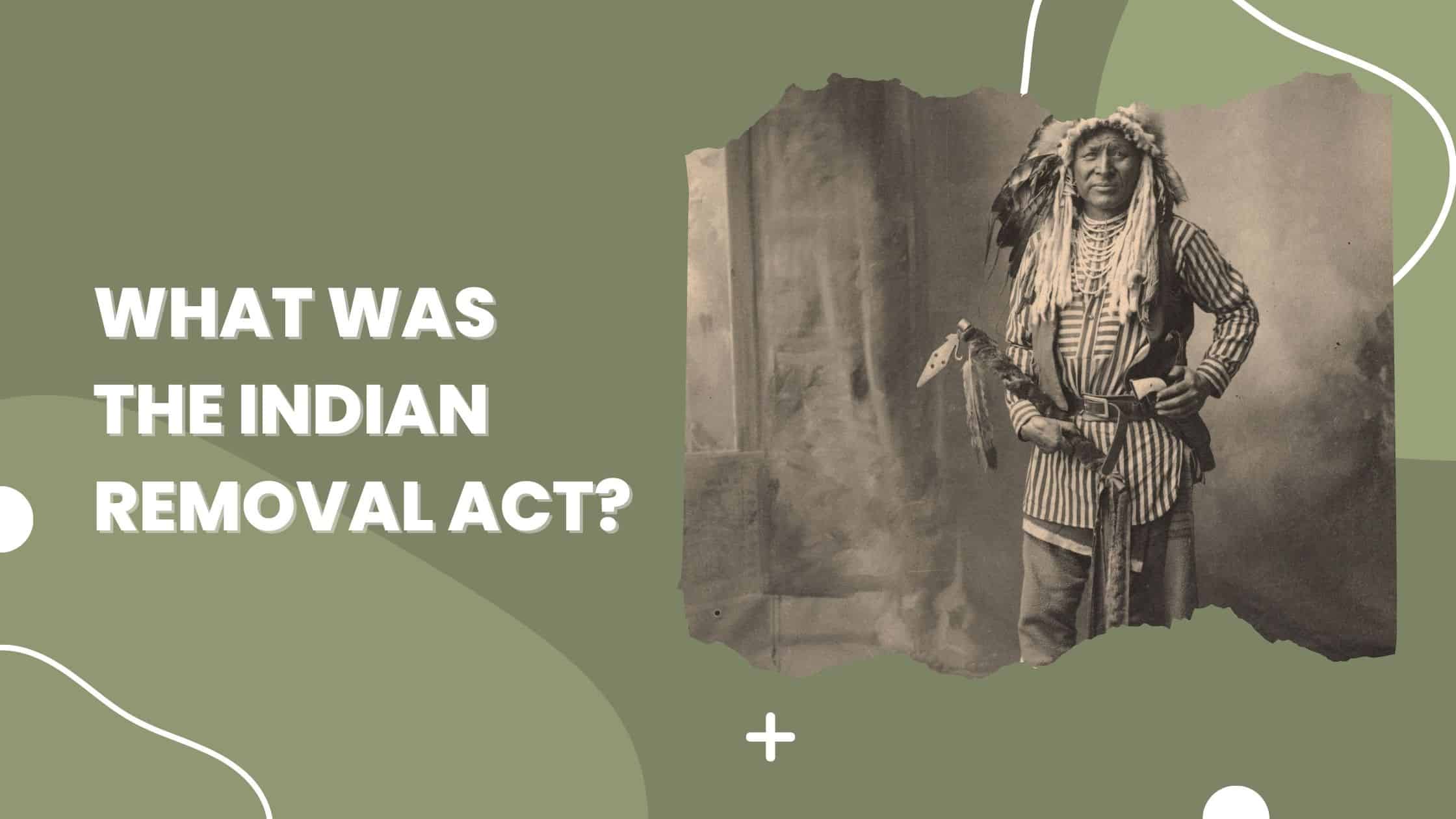Table of Contents
ToggleThere are few times in American history that are perceived as dark as the Indian Removal Act.
What was the Indian Removal Act?
The Indian Removal Act is the piece of legislation that authorized and enacted the Trail of Tears. As a result of this act, thousands of Native American people were forcibly relocated so that the federal government could lay claim to Indian land.
Some Statistics about the Indian Act
- The Indian Removal Act of 1830 resulted in the forced relocation of an estimated 60% of the Native American population in the southeastern United States.
- Up to 25% of the Native American population in the southeastern United States died due to the forced relocation carried out under the Indian Removal Act.
- The Indian Removal Act was opposed by about 40% of the country.
Indigenous Rights in America’s Early Years
The Indian Removal Act of 1830 remains one of the United States’ most controversial pieces of legislation. This act was responsible for what is known as the Trail of Tears. The Trail of Tears was due to the forced relocation of Native Americans to annex their land into the United States.
During this long and harrowing journey, thousands of native people died due to sickness, abuse, and malnutrition.
While the United States successfully gained more land, the act was not met without hesitation. It only narrowly passed in the House and Senate and was subject to an outcry from some political parties.
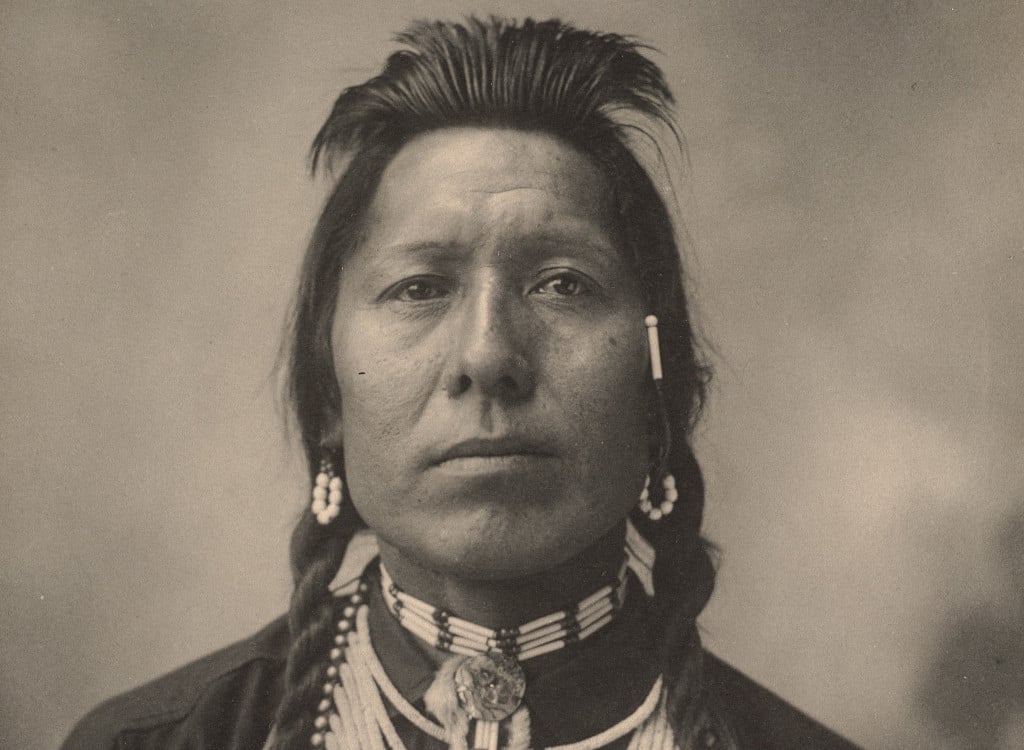
It’s thought that 4,000 men, women, and children from the Cherokee nation alone died during their forced removal.
Who Wrote the Indian Removal Act?
Committee member Senator Hugh White first sponsored the bill. He proposed that all native people living west of the Mississippi river be removed and an “exchange of lands” be made.
The bill was first submitted on February 22nd, 1830, and debated in the Senate for a month before being approved in a vote measuring 28-19.
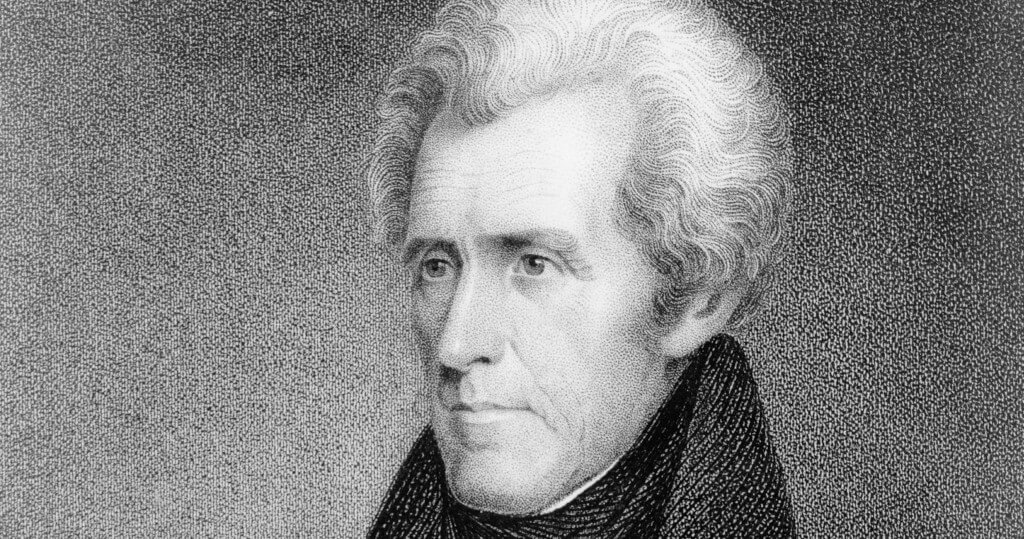
The bill was then sent to the House of Representatives, where it was passed into law by a vote of 102-97.
Most people associate the bill with the president at the time, Andrew Jackson. The bill became a large part of his administration and legacy in years to come.

Get Smarter on US News, History, and the Constitution
Join the thousands of fellow patriots who rely on our 5-minute newsletter to stay informed on the key events and trends that shaped our nation's past and continue to shape its present.
What Did the Act Do?
The Indian Removal Act was heavily sponsored by the state of Georgia, which was interested in annexing Indian land. Despite repeated attempts by the Cherokee nation and other nations to halt the bill in United States courts, it was still approved.
This began a series of forced relocations of American Indian tribes from their ancestral lands throughout the Eastern states.
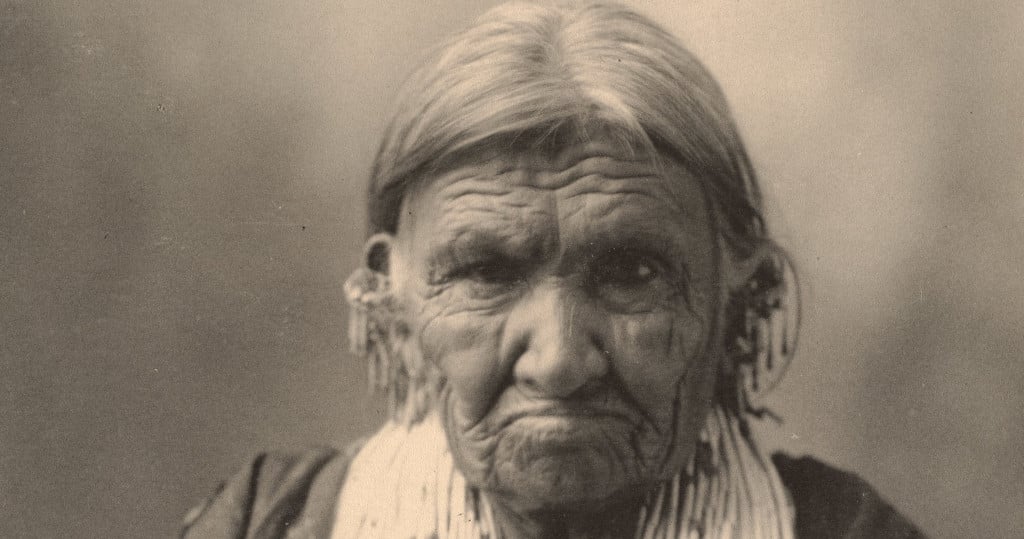
An estimated 60,000 Native Americans were forced to walk to a newly designated territory for all native peoples located in present-day Oklahoma.
In addition to their relocation, Native American tribes were threatened and manipulated into assimilating into the “civilized,” Christian-based culture of the United States.
The Trail of Tears
The atrocities of the Indian Removal Act are difficult to quantify. The grueling journey consisted of several routes spanning 5,000 miles.
While some tribal members left peacefully on their own accord, many remained on their ancestral lands, refusing to leave. The United States government sent a large consignment of 7,000 soldiers to oversee the forced removal.

These soldiers raided Indian territory, forcing natives out of their homes, stealing their possessions, and assaulting women and children.
The Native Americans were forced to carry out the journey with little food or water. While many died due to starvation, many also died due to diseases such as dysentery and smallpox.
In addition, those refusing to comply with soldiers’ demands were subject to beatings and punishments. Women were raped and subjected to cruelty, further adding to the atrocities of this event in American history.
Attempts to Intervene
A little-known fact about this controversial act in American history is that, at one point, the United States Supreme Court attempted to intervene.
In Worcester v. Georgia, the court decided that Native American tribes were sovereign nations and, therefore, could not be controlled by the laws of any American state or federal government.

Despite the Supreme Court ruling in favor of the native people, President Andrew Jackson refused to enforce this verdict.
He cited the earlier 1823 case of Johnson v. M’Intosh, which held that Native Americans had no legal right to their land. Rather the United States government had the right of preemption or the right to purchase land before anybody else (such as private citizens or another nation).
The Lasting Impact of the Indian Removal Act
It’s important to note that while indigenous people were offered compensation and land in exchange for theirs, the value of this compensation was by no means fair.
Because of Johnson v. M’Intosh, Native Americans were not allowed to sell their own land to private citizens. Instead, they were only allowed to sell to the federal government, which was authorized to take their land regardless.

This act granted the legal authority for centuries of abuse against Native Americans. Allotted sections of land were further taken from them, leading to the diminishing of reservations.
Natives were forced to learn English and assimilate into the culture of white settlers, which led to the decay and loss of Native culture.
Even today, the rights of Native Americans to their land are being challenged. As recently as 2020, the issue was brought up in the United States Supreme Court.
The Supreme Court ruled that Native Americans still had the right to a sizable territory in Oklahoma, the site from which many of their ancestors were forcibly relocated just a few generations earlier.
Turbulence in 19th-Century America
After America won its independence, manifest destiny became popular in Congress and beyond. This idea said that America was meant to grow and control more land.
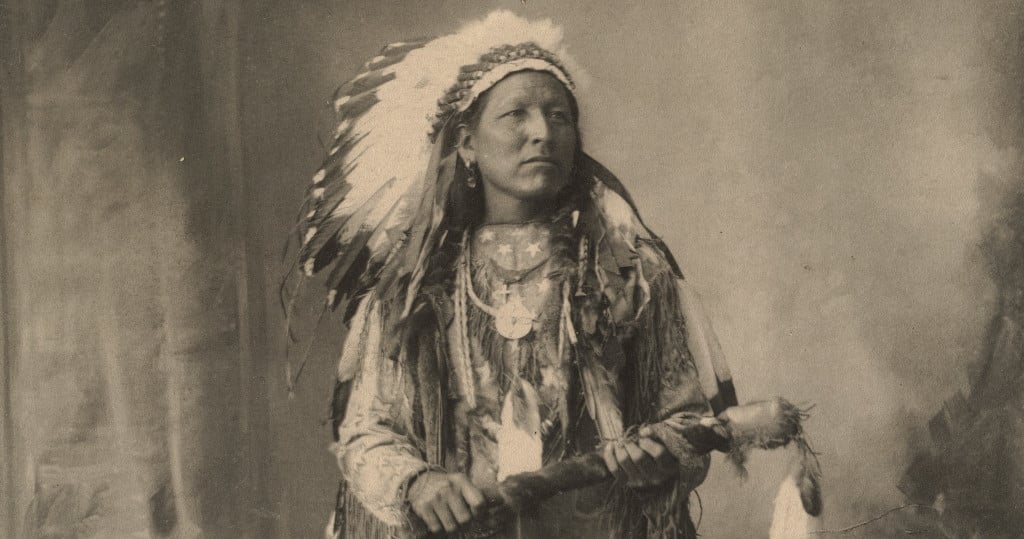
Even at the time, the Indian Removal Act and other pieces of legislation aimed at limiting the power of Native America garnered a large amount of outcry.
Ultimately, the Indian Removal Act passed with a narrow vote and was signed into law by President Andrew Jackson, one of the bill’s largest supporters.
